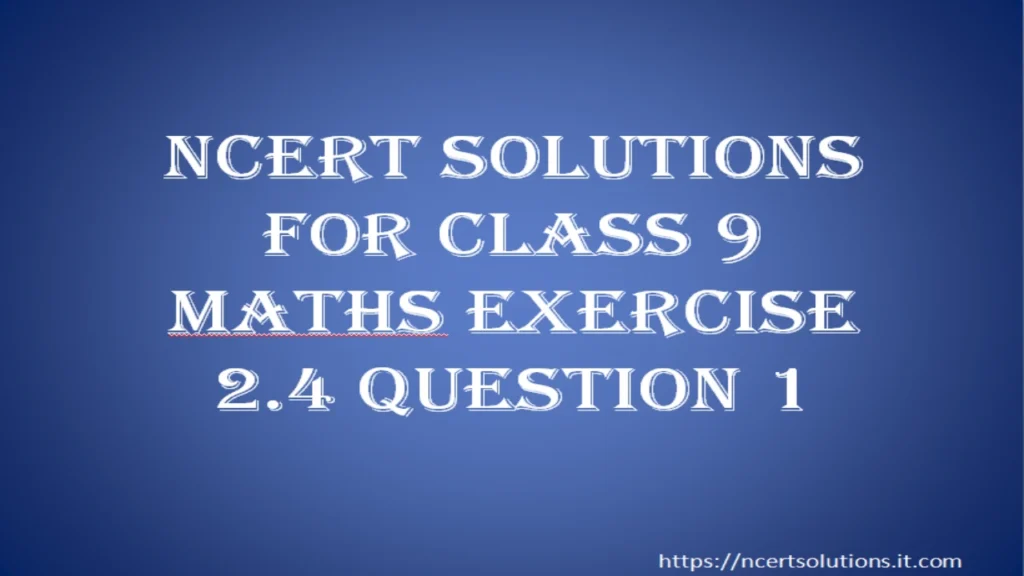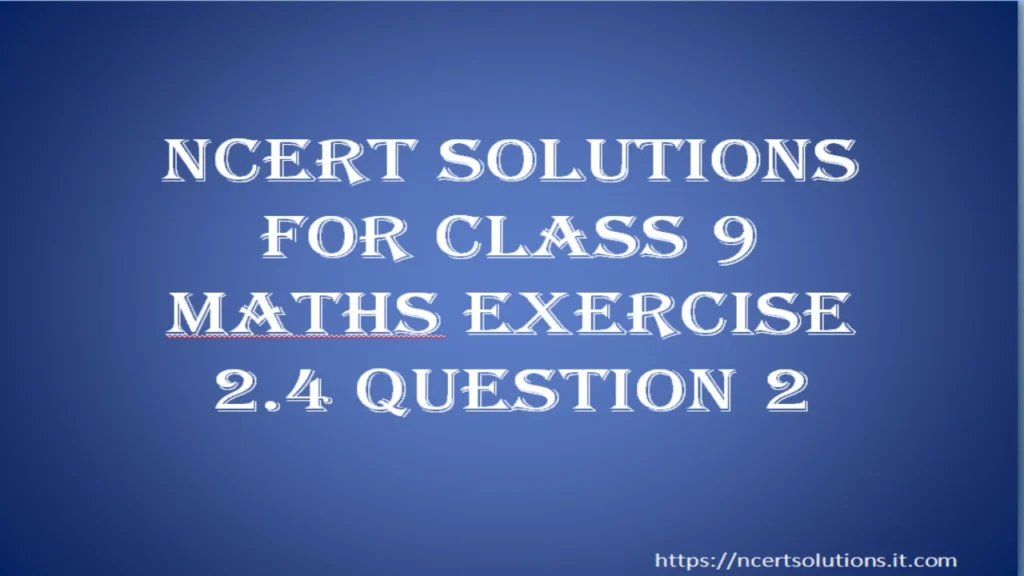NCERT Solutions for Class 9 Maths Exercise 2.4 Question 16

Understanding the Question 🧐
This question extends the idea from Question 15 to three dimensions. The volume of a cuboid is given by the formula: Volume = Length × Breadth × Height. We are given the volume as an algebraic polynomial and asked to find possible expressions for its three dimensions. To do this, we must completely factorise the given polynomial into three factors. These ncert solutions will guide you through the factorisation process for each part.
What are the possible expressions for the dimensions of the cuboids whose volumes are given below?
(i) Volume: &&3x^2 – 12x&&
(ii) Volume: &&12ky^2 + 8ky – 20k&&
Part (i): Volume = &&3x^2 – 12x&& 📝
To find the three dimensions, we need to factorise &&3x^2 – 12x&& into three parts.
Step 1: Find the Greatest Common Factor (GCF).
Look at the terms &&3x^2&& and &&12x&&. The common factor for the numbers (&&3&& and &&12&&) is &&3&&. The common factor for the variables (&&x^2&& and &&x&&) is &&x&&.
So, the GCF is &&3x&&.
Step 2: Factor out the GCF.
Volume = &&3x(x – 4)&&
Step 3: Identify the three factors.
The expression &&3x(x – 4)&& is a product of three distinct parts:
- &&3&&
- &&x&&
- &&(x – 4)&&
Answer: Since Volume = Length × Breadth × Height, the possible expressions for the dimensions are:
Dimensions are &&3&&, &&x&&, and &&(x – 4)&&. (The order is interchangeable).
Part (ii): Volume = &&12ky^2 + 8ky – 20k&& 📝
We will factorise this polynomial by first finding the GCF and then factorising the remaining trinomial.
Step 1: Find the Greatest Common Factor (GCF).
Look at the numbers &&12, 8,&& and &&20&&. Their GCF is &&4&&.
Each term also contains the variable &&k&&.
So, the GCF is &&4k&&.
Step 2: Factor out the GCF.
Volume = &&4k(3y^2 + 2y – 5)&&
Step 3: Factorise the quadratic trinomial &&3y^2 + 2y – 5&&.
We use the splitting the middle term method. We need two numbers whose product is &&AC = 3 \times (-5) = -15&& and whose sum is &&B = 2&&.
The two numbers are &&5&& and &&-3&&, since &&5 \times (-3) = -15&& and &&5 + (-3) = 2&&.
Step 4: Split the middle term and factor by grouping.
&&3y^2 + 2y – 5 = 3y^2 + 5y – 3y – 5&&
&&= y(3y + 5) – 1(3y + 5)&&
&&= (3y + 5)(y – 1)&&
Step 5: Write the complete factorisation of the volume.
Combining the GCF from Step 2 with the factors from Step 4:
Volume = &&4k(3y + 5)(y – 1)&&
Answer: The three factors represent the possible dimensions.
Possible dimensions are &&4k&&, &&(3y + 5)&&, and &&(y – 1)&&. (The order is interchangeable).
- Volume of a cuboid is the product of its three dimensions (length, breadth, height).
- To find the dimensions from a volume polynomial, you must factorise it into three factors.
- Factorisation is often a multi-step process: first GCF, then other methods like splitting the middle term.
FAQ
Q: How is the volume of a cuboid related to its dimensions?
A: The volume of a cuboid is the product of its three dimensions: Length, Breadth, and Height (Volume = Length × Breadth × Height).
Q: What is the overall goal when finding the dimensions from the volume polynomial?
A: The goal is to completely factorise the polynomial representing the volume into three separate factors. Each of these three factors will then represent a possible dimension of the cuboid.
Q: What should be the first step in factorising any polynomial?
A: The first and most important step is always to look for a Greatest Common Factor (GCF) among all the terms and factor it out. This simplifies the remaining polynomial.
Q: What are the three possible dimensions for the volume &&3x^2 – 12x&&?
A: After factorising &&3x^2 – 12x&& into &&3 \cdot x \cdot (x – 4)&&, the three possible dimensions are &&3&&, &&x&&, and &&(x – 4)&&.
Q: What was the GCF of the polynomial &&12ky^2 + 8ky – 20k&&?
A: The Greatest Common Factor (GCF) of the terms is &&4k&&.
Q: What are the possible dimensions for the cuboid with volume &&12ky^2 + 8ky – 20k&&?
A: The possible dimensions are &&4k&&, &&(y-1)&&, and &&(3y+5)&&.
Further Reading
For more practice on factorising polynomials, you can refer to the official NCERT textbook and other learning resources on their website: https://ncert.nic.in/


